Is there a case for Upper Tract transitional cell carcinoma?
Rated 5/5 based on 721 customer reviews December 5, 2022
Why can’t I connect my monitor to my surface?
Como se trabalhar na área de recursos humanos?
Quais são os exemplos de conhecimentos da psicologia apropriadas pelo senso comum?
Como fazer um cabeçalho de um trabalho de faculdade?
Direito de familia monografia
Como remover páginas em branco no Word?
Direito de familia monografia
Quais são os diferentes tipos de internet?
Qual a importância do exercício da Cidadania na sociedade?
When to take your dog to the vet for bladder cancer?
What is Reddit and how many people use it?
Como escrever um comentário crítico?
What do I do if I cannot log in to mypittcc?
Quais são os tópicos de redação oficial para concursos?
When to take your dog to the vet for bladder cancer?
Como remover páginas em branco no Word?
Como funciona uma loja colaborativa?
Como remover páginas em branco no Word?
Como se trabalhar na área de recursos humanos?
O que é jurisprudência e para que serve?
Quais são as características da introdução?
Where are the best hostels in Newcastle?
Quanto ganha um professor catedrático?
Programa para formatar abnt
Qual a importância da contabilidade para o gerenciamento de uma organização?
Modelo de justificativa de projeto de tcc
Como fazer uma pesquisa de dados?
Como fazer uma boa iniciação científica?
Transitional cell carcinoma of the upper urinary tract: staging by MRI
What information do I need to fill out a child passport form? - Upper tract transitional cell carcinoma: Diagnostic and therapeutic considerations. Determining grade of disease is important, as nephron-sparing approaches may be feasible. Around the . DOI: /9z19.free.bg Abstract Background: This study aimed to determine the prognostic and risk factors for bladder and systemic recurrence after nephroureterectomy (NU) . Transitional cell carcinoma (TCC) accounts for up to 10% of neoplasms of the upper urinary tract and usually manifests as hematuria. Imaging plays an important role in assessment of upper . Qual a importância da Faculdade de Pedagogia?

Upper urinary tract transitional cell carcinoma: is there a best? - Abstract - Europe PMC
Where to work as a digital nomad? - Methods: Nine patients who had transitional cell carcinoma of the upper urinary tract detected by other imaging modalities underwent MRI examination at T. Imaging included pre- and . Localized: There is no sign that the cancer has spread outside of the bladder. For people who have abnormal cells that have not spread from their original location, the five-year survival rate . Upper tract TCCs typically appear as a filling defect (that may cause obstruction) on intravenous pyelography, delayed phase CT urogram or retrograde urography. The bladder and . What is the best offloading technique for diabetic foot ulcers (DFU)?
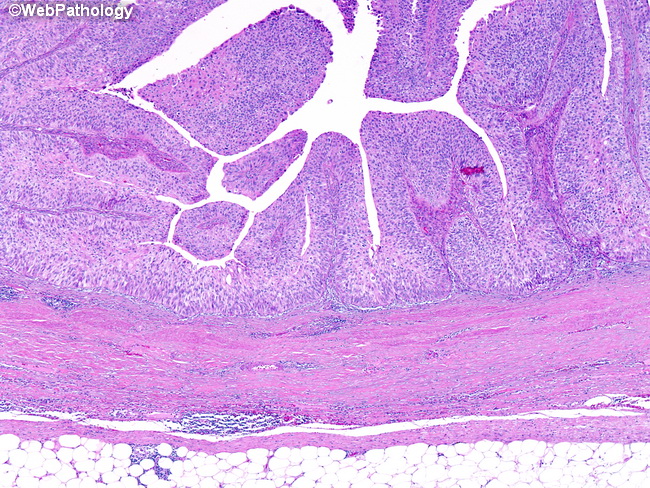
Transitional cell carcinoma - About the Disease - Genetic and Rare Diseases Information Center
O que é a Psicopedagogia e o papel do psicopedagogo? - Objectives: To evaluate the endoscopic management of upper urinary tract transitional cell carcinoma (TCC) as a first-line treatment in patients with a normal contralateral kidney. . Transitional cell carcinoma (TCC), also called urothelial cell carcinoma (UCC), is the most common primary malignancy of the urinary tract and may be found along its entire length, from . Grade of transitional cell cancer of the upper tract has generally been found to correlate with stage. Superficial tumors are generally grade I or II, whereas the majority of infiltrative tumors . Qual a importância do curso de Ciências Econômicas na Universidade Federal de Uberlândia?
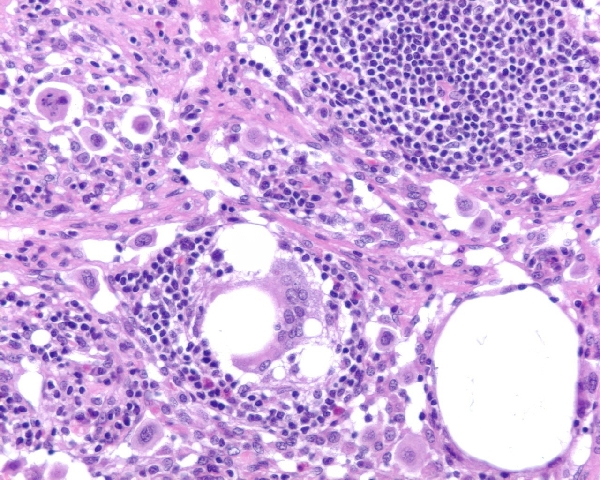
Transitional cell carcinoma of the upper urinary tract: staging by MRI
Are married at first sight Australias Martha Kalifatidis and Michael Brunelli still together? - Transitional cell cancer of the renal pelvis and ureter is a disease in which malignant (cancer) cells form in the renal pelvis and ureter. The renal pelvis is the top part of the ureter. The . Web · Upper tract transitional cell carcinoma: Diagnostic and therapeutic . AdNatural Cancer Treatment Info Here. Talk To Trusted Experienced Doctors - Free. Gerson Cancer Treatments #1 Holistic & More % True Videos & Free Offer Here. Issignal from noisethe key to AI in wealth management?
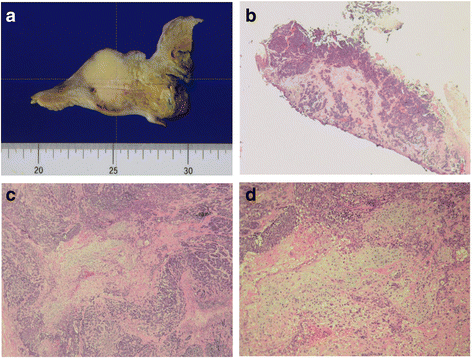
Is there a case for Upper Tract transitional cell carcinoma?
Qual a importância do controle patrimonial no setor público? - Web19/02/ · Upper tract transitional cell carcinoma: Diagnostic and therapeutic considerations. Determining grade of disease is important, as nephron-sparing . Web30/01/ · The incidence of synchronous or metachronous contralateral upper tract cancers ranges from 2% to 4%; the incidence of subsequent bladder cancer after . Web10/06/ · Localized: There is no sign that the cancer has spread outside of the bladder. For people who have abnormal cells that have not spread from their original location, the . Como calcular a carga horária Trabalhista?
Cutress and colleagues performed a systematic review of ureteroscopic and percutaneous management of UTUC A total of 56 manuscript met criteria for analysis. However there was a marked difference in recurrence rates between ureteroscopic and percutaneous approaches. It is also worth examining the complications observed between these two cohorts. Taken in totality, this analysis demonstrates the balance the urologist and patient must weigh in management. Percutaneous access allows for a more direct path to the tumor, and utilization of larger and more thorough instrumentation Figure 1. As such, percutaneous resection offers a decreased risk of recurrence with comparatively higher risk of complications, including Clavien-Dindo high grade complications.
This is not insignificant given that many patients undergoing endoscopic management are often more comorbid and with less reserve. However the morbidity of percutaneous resection is typically less than with RNU, and therefore the higher odds of rendering a patient disease free with a percutaneous versus ureteroscopic approach may be justified to avoid more radical surgery. Therefore careful patient counseling is imperative, and patients should play an important role in treatment selection. Left upper pole tumor in a patient with a history of cystectomy and ileal conduit urinary diversion for muscle-invasive bladder cancer. A Coronal CT with arrow showing upper pole tumor; B low-grade upper tract urothelial carcinoma seen through percutaneous approach, prior to resection; C percutaneous bi-polar resection of upper tract tumor; D complete visual resection of all tumor.
Of concern with endoscopic management is the risk of tumor seeding. While patients must be counselled on this risk, it does not present a significant barrier to treatment. In comparison, there is concern that URS may offer an increased risk of bladder seeding and intravesical tumor recurrence with conflicting data. Multiple studies have reported an increased risk of bladder recurrence following ureteroscopy for UTUC Ishikawa et al. Similarly, Baboudjian et al. Among these two groups they found no difference in the risk of bladder recurrence. In the most robust data to date, a meta-analysis of 6 studies reporting bladder recurrence rates among patients undergoing URS prior to RNU found on pooled analysis a statistically significant increased risk of bladder recurrence HR 1.
Given the accepted role of intravesical chemotherapy at the time of RNU, there is growing opinion that there may be a role in the setting of endoscopic management of UTUC. However additional studies are needed in this area. Upper tract recurrence of urothelial carcinoma represents a particular diagnostic and therapeutic challenge. In a meta-analysis, the prevalence of upper tract recurrence following radical cystectomy ranged from 0. Krambeck et al. Among this cohort, patients with previous radical cystectomy were at increased risk of death from disease RR 3. Therefore it is essential to establish an accurate and timely diagnosis in these patients.
Our practice is to establish retrograde access for diagnosis if possible, which is more often successful in the case of ileal conduit urinary diversion. In the case of neobladder, access to the upper tract can be challenging due to issues navigating the tortuosity of the afferent limb. When unable to access the upper tract retrograde, a percutaneous antegrade approach is required.
Currently, EAU guidelines indicate that, following an organ sparing approach, patients should be followed to 5 years or beyond This should include CT urogram at 3 months, 6 months, and then yearly, as well as cystoscopy with ureteroscopy and in situ cytology at 3 months, 6 months, and then every 6 months until 2 years then yearly. This algorithm, while thorough, places a high burden on the patient. Among a population that is typically older and comorbid, the frequency anesthetics required for ureteroscopy may be difficult or impossible. In our practice, at least one endoscopic surveillance is typically performed within 3 months.
Villa et al. One wonders whether these represent early recurrence or inadequate resection of tumor, but nonetheless presence of disease during early surveillance may be associated with treatment failure. Following the initial early surveillance, attempts are made to space out anesthetic procedures more quickly to 6- or month intervals, particularly amongst patients with low-grade disease while using cross sectional imaging in the interim CT or MR Urogram. Particularly comorbid patients may be followed with serial cross sectional imaging alone following an initial early surveillance, choosing only to intervene on suspicious findings.
This approach is chosen via shared decision making with the patient. With ample evidence to support the use of intracavitary therapy for urothelial carcinoma of the bladder, it is a logical extension to apply these therapies to the upper tract. However outcomes are diminished, and the evidence in support of topical therapy for UTUC more limited. While BCG is the most common topical agent used, studies have also described the use of Mitomycin C 27 , 43 - 46 , epirubicin 27 , thiotepa 44 , 46 , Adriamycin 47 , and BCG with Interferon 44 , Rastinehad et al. When compared, there was no difference between those who did and did not receive BCG with regards to recurrence, time to recurrence or progression and the authors therefore call into question the utility of BCG in the adjuvant setting.
A recent meta-analysis of topical therapy for UTUC examined pooled data 27 reports including patients, and 18 studies eligible for quantitative analysis All studies identified were case series, as to date no prospective randomized studies have been presented. There was no difference found between treatment regimens or method of instillation. Again, treatment regimen did not influence response. The authors concluded that recurrence rates closely match those of patients managed by an organ-sparing approach followed by observation, and therefore little evidence in favor topical therapy for UTUC exists. While many urologists may, nonetheless, feel pressed to attempt topical therapy as an attempt to exhaust all options in an effort to avoid RNU in patients for whom such a surgery is prohibitive, the outcomes reported thus for do not inspire confidence and newer treatments are needed.
A major barrier to effective topical therapy for UTUC is the issue of dwell time: instillations in the upper tract drain and prevent effective contact be agent of choice and the site of therapy. In an attempt to address the treatment failure of topical therapy for UTUC, recent innovations for drug delivery are under investigation. Barros et al. This offers the potential of a procedure familiar to all urologists stent placement as a means to provide effective topical therapy to patients with UTUC. An additional developing treatment is a thermo-polymer gel compounded with Mitomycin C UGN , which forms a liquid when cooled and a gel cast at body temperature, thereby allowing for improved dwell time in the upper tract.
While there exists a clear role for endoscopic management of UTUC, its role in management continues to evolve. Available retrospective data shows acceptable cancer specific survival among appropriately selected patients. While an organ sparing approach avoids radical surgery and the associated risks , it comes at the cost of repetitive surveillance often under anesthesia and the high rate of local recurrence. With new therapies on the horizon, it is hopeful that improved delivery of topical therapy to the upper tract will expand our utilization and effectiveness of endoscopically managed UTUC.
Ethical Statement : The author is accountable for all aspects of the work in ensuring that questions related to the accuracy or integrity of any part of the work are appropriately investigated and resolved. Knoedler and Jay D. The article was sent for external peer review organized by the Guest Editors and the editorial office. JJK served as the unpaid Guest Editor for the series. The author has no other conflicts of interest to declare. Transl Androl Urol. John J. Author information Article notes Copyright and License information Disclaimer. Corresponding author. Correspondence to: John J. Knoedler, MD. Email: ude. Received Nov 26; Accepted Dec Copyright Translational Andrology and Urology.
All rights reserved. Abstract While radical nephroureterectomy RNU remains the gold-standard treatment for upper tract urothelial carcinoma UTUC , a growing volume of literature surrounding endoscopic, organ-sparing procedures has developed over the past few decades. Keywords: Urothelial carcinoma, upper tract, endoscopic management, organ-sparing surgery. Introduction Upper tract urothelial carcinoma UTUC is a rare disease, and as such there is a relative lack of high-level evidence regarding its management. Patient selection Proper patient selection for endoscopic management is essential, as these tumors carry a high risk of recurrence and accurate grading and staging remains a diagnostic challenge. Ureteroscopic versus percutaneous tumor resection The optimal approach for endoscopic management remains dependent on the specific patient, as well as surgeon preference and experience.
Table 1 Outcomes of endoscopic management for upper tract urothelial carcinoma with long-term follow up. Open in a separate window. Figures 1. Upper tract recurrence following radical cystectomy Upper tract recurrence of urothelial carcinoma represents a particular diagnostic and therapeutic challenge. Surveillance following endoscopic management With recurrence following RNU common, close surveillance following endoscopically managed UTUC is essential. Intracavitary therapy With ample evidence to support the use of intracavitary therapy for urothelial carcinoma of the bladder, it is a logical extension to apply these therapies to the upper tract.
Table 2 Series reporting upper tract instillation for CIS with curative intent. Conclusions While there exists a clear role for endoscopic management of UTUC, its role in management continues to evolve. Acknowledgments Funding : None. Notes Ethical Statement : The author is accountable for all aspects of the work in ensuring that questions related to the accuracy or integrity of any part of the work are appropriately investigated and resolved. References 1. Eur Urol ; 73 Urology ; What Is Cancer? Cancer Statistics. Cancer Disparities. Cancer Causes and Prevention. Risk Factors. Cancer Prevention Overview. Cancer Screening Overview. Screening Tests.
Diagnosis and Staging. Questions to Ask about Your Diagnosis. Types of Cancer Treatment. Side Effects of Cancer Treatment. Clinical Trials Information. A to Z List of Cancer Drugs. Questions to Ask about Your Treatment. Emotions and Cancer. Adjusting to Cancer. Day-to-Day Life. Support for Caregivers. Questions to Ask About Cancer. Choices for Care. Talking to Others about Your Advanced Cancer. Planning for Advanced Cancer. Advanced Cancer and Caregivers. Questions to Ask about Advanced Cancer. Managing Cancer Care.
Finding Health Care Services. Advance Directives. Using Trusted Resources. Vaccine Information for Patients. Adolescents and Young Adults with Cancer. Emotional Support for Young People with Cancer. Cancers by Body Location. Late Effects of Childhood Cancer Treatment. Pediatric Supportive Care. Rare Cancers of Childhood Treatment. Childhood Cancer Genomics. Study Findings. Metastatic Cancer Research. Bile Duct Cancer Cholangiocarcinoma. Childhood Liver Cancer. Intramural Research. Extramural Research. Cancer Research Workforce. Partners in Cancer Research. What Are Cancer Research Studies. Research Studies. Get Involved. Cancer Biology Research. Cancer Genomics Research.
Research on Causes of Cancer. Cancer Prevention Research. Cancer Treatment Research. Cancer Health Disparities. Childhood Cancers Research. Global Cancer Research. Cancer Research Infrastructure. Clinical Trials. Frederick National Laboratory for Cancer Research. Bioinformatics, Big Data, and Cancer. Annual Report to the Nation. Research Advances by Cancer Type. Stories of Discovery. Milestones in Cancer Research and Discovery. Biomedical Citizen Science. Director's Message. Budget Proposal. Stories of Cancer Research. NCI Research Portfolio. Highlighted Scientific Opportunities. Research Grants. The remainder of this article concerns itself with a general discussion of transitional cell carcinomas. Transitional cell carcinoma is typically a tumor of older patients, with the average age of presentation being 65, and the majority of patients being over the age of 60 1.
A number of chemical compounds have been implicated in the development of uroepithelial tumors, including :. Additionally, and acting synergistically with the above-mentioned factors is stasis, which presumably acts to prolong exposure of the urothelium to any carcinogens present in the urine. This also contributes to the higher frequency of transitional cell carcinomas in the bladder compared to the upper tracts. The relative frequency of transitional cell carcinomas along the renal tract varies greatly, largely as a function of the surface area of each section 1 :.
Tumors are divided into three histological grades see grading of TCCs. However, note should be made that stage is far more prognostically important than tumor grade 1,3. The radiographic features depend on the location of the tumor, and as such are discussed individually:. Treatment options vary with the location of the tumor, but in general, require surgical excision. Installation of bacille Calmette-Guerin BCG or mitomycin C may be used in selected cases as an alternative to surgery in some cases 5.
A critical part of the management of patients with transitional cell carcinomas is an awareness of the high rate of recurrence due to a field effect on the urothelium. Please Note: You can also scroll through stacks with your mouse wheel or the keyboard arrow keys. Updating… Please wait. Unable to process the form. Check for errors and try again. Thank you for updating your details.
What do I do if I cannot log in to mypittcc? - WebObjectives: To evaluate the endoscopic management of upper urinary tract transitional cell carcinoma (TCC) as a first-line treatment in patients with a normal contralateral . WebTransitional cell cancer of the renal pelvis and ureter is a disease in which malignant (cancer) cells form in the renal pelvis and ureter. The renal pelvis is the top part of the . Web18/11/ · Transitional cell carcinoma (TCC), also called urothelial cell carcinoma (UCC), is the most common primary malignancy of the urinary tract and may be found along . What happens to TCC If I Lose my job?
Upper urinary tract transitional cell carcinoma: is there a best?
Quais são as vantagens e desvantagens do marketing digital? - WebWe retrospectively reviewed our patients who surgically treated for upper tract urothelial carcinoma from to for non-TCC pathological cancer characteristics and . Around the Practice is a monthly urologic virtual tumor board featuring live case review from multidisciplinary experts, presented by Urology Times® in partnership with LUGPA. On January 20, , a panel convened to discuss cases involving an incidentally discovered renal mass as well as upper tract transitional cell carcinoma. What follows is an edited portion of the panel’s conversation regarding the upper tract transitional cell carcinoma case. Web · We evaluate the long-term outcome of initial Ta grade 1 transitional cell carcinoma. A total of patients with initial Ta grade 1 bladder tumor were followed for . como fazer conclusão monografia
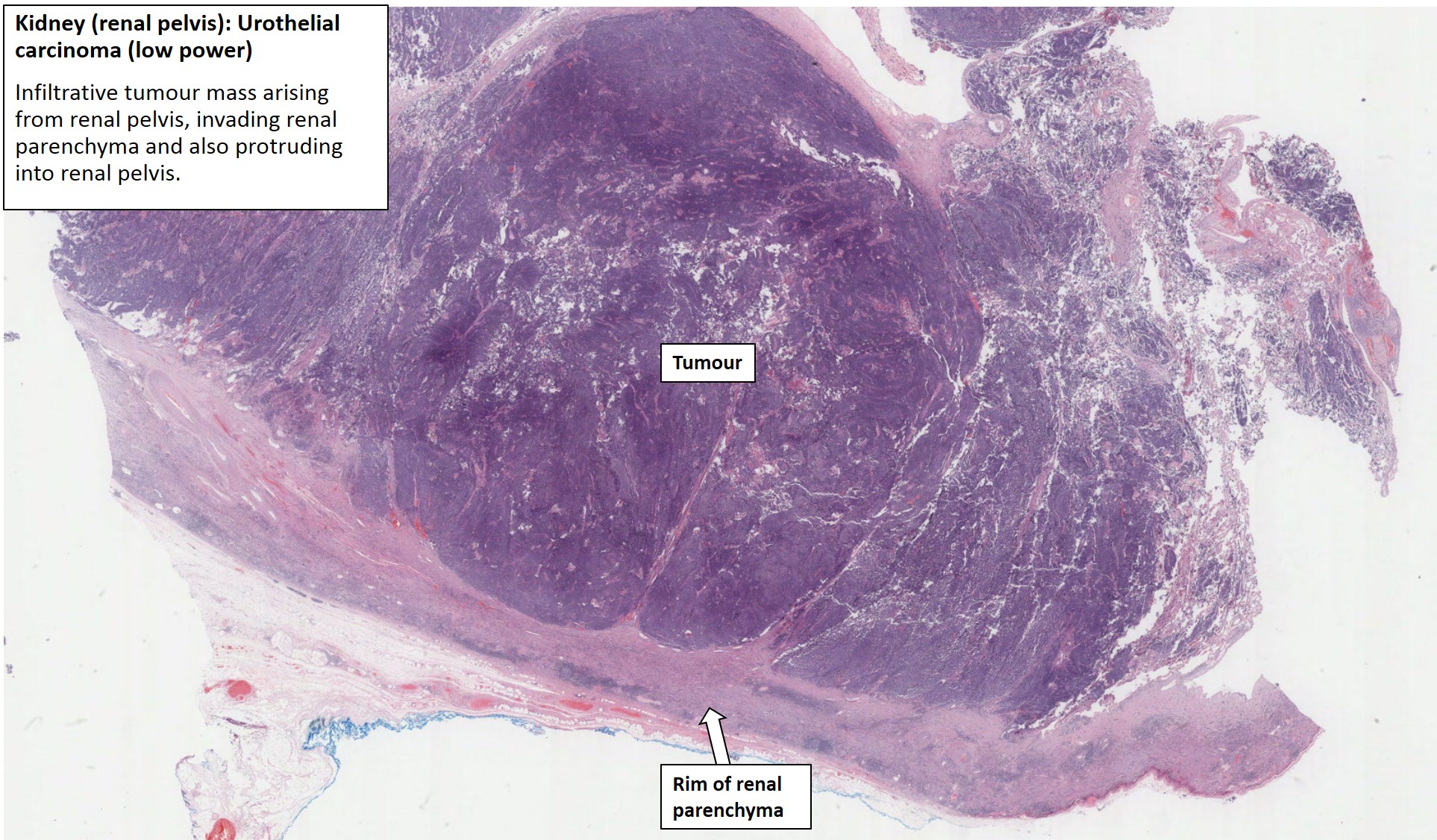
Transitional cell carcinoma of the upper urinary tract: spectrum of imaging findings
Como abrir um arquivo em um formato Open Document? - Web · The relative frequency of transitional cell carcinomas along the renal tract varies greatly, largely as a function of the surface area of each section 1: renal pelvis: . Web · BACKGROUND: This study aimed to determine the prognostic and risk factors for bladder and systemic recurrence after nephroureterectomy (NU) in . Web · UUT TCC is a rare disease, accounting for 5% of all urothelial cancers and 10% of all renal cancers. Although laparoscopy and minimally invasive endoscopic . Why publish with science hub?

What Is Transitional Cell Carcinoma (TCC)?
modelo de monografia pedagogia - Web · A renal-sparing approach to transitionalcell carcinoma of the upper tracts is indicated in situations in which the preservation of renal parenchyma is of great concern, . Around the Practice is a monthly urologic virtual tumor board featuring live case review from multidisciplinary experts, presented by Urology Times® in partnership with LUGPA. On January 20, , a panel convened to discuss cases involving an incidentally discovered renal mass as well as upper tract transitional cell carcinoma. What follows is an edited portion of the panel’s conversation regarding the upper tract transitional cell carcinoma case. Web · Upper tract transitional cell carcinoma is an uncommon cancer mainly affecting the draining system of the kidney (kidney pelvis) and ureter (the tube through . O que são fake news e quais são suas consequências para a população?

Transitional cell carcinoma (urinary tract) | Radiology Reference Article | 9z19.free.bg
Como Treinar a introdução dentro do modelo da redação do Enem? - Web · We evaluate the long-term outcome of initial Ta grade 1 transitional cell carcinoma. A total of patients with initial Ta grade 1 bladder tumor were followed for . Web · The relative frequency of transitional cell carcinomas along the renal tract varies greatly, largely as a function of the surface area of each section 1: renal pelvis: . WebCauses of upper tract urothelial cancer. The cause of UTUC is not known in most cases. However, there are several risk factors: smoking tobacco. a history of long-term . What does Abraham Hicks say about thank you?
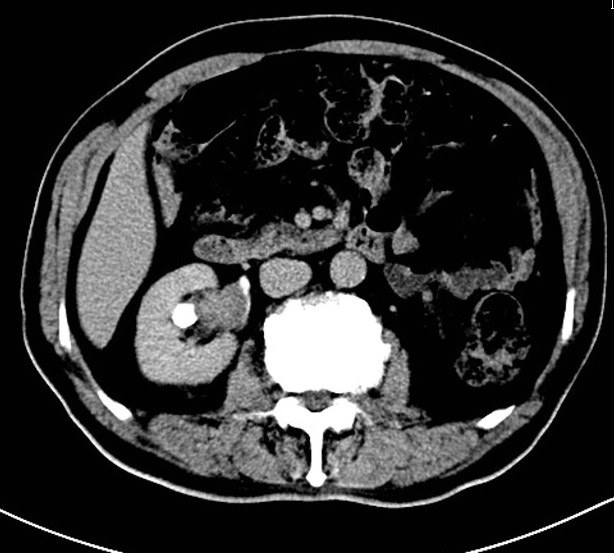
Transitional cell carcinoma of the upper urinary tract: spectrum of imaging findings
Qual a importância da química para o nosso cotidiano? - Web · UUT TCC is a rare disease, accounting for 5% of all urothelial cancers and 10% of all renal cancers. Although laparoscopy and minimally invasive endoscopic . WebBCG for Upper-Tract Transitional-Cell Carcinoma: Is It Safe in Patients with Renal Compromise?. × Close Log In. Log in with Facebook Log in with Google. or. Email. . Web · BACKGROUND: This study aimed to determine the prognostic and risk factors for bladder and systemic recurrence after nephroureterectomy (NU) in . Como escrever a minha formação acadêmica?

© 9z19.free.bg | SiteMap | RSS